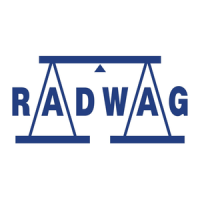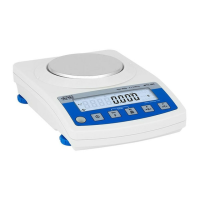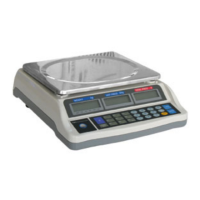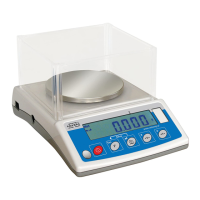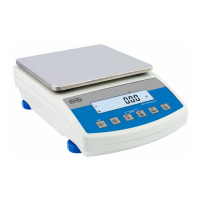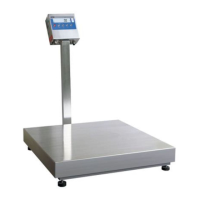What to do if my RADWAG WTC 600 Scales do not switch on?
- MmitchellbrooksJul 26, 2025
If your RADWAG Scales do not switch on, the issue might be due to discharged batteries. Connect the scales to the mains to charge the battery. Alternatively, the batteries may not be installed correctly or are missing. Check if the batteries are installed correctly, paying attention to the correct polarization.
